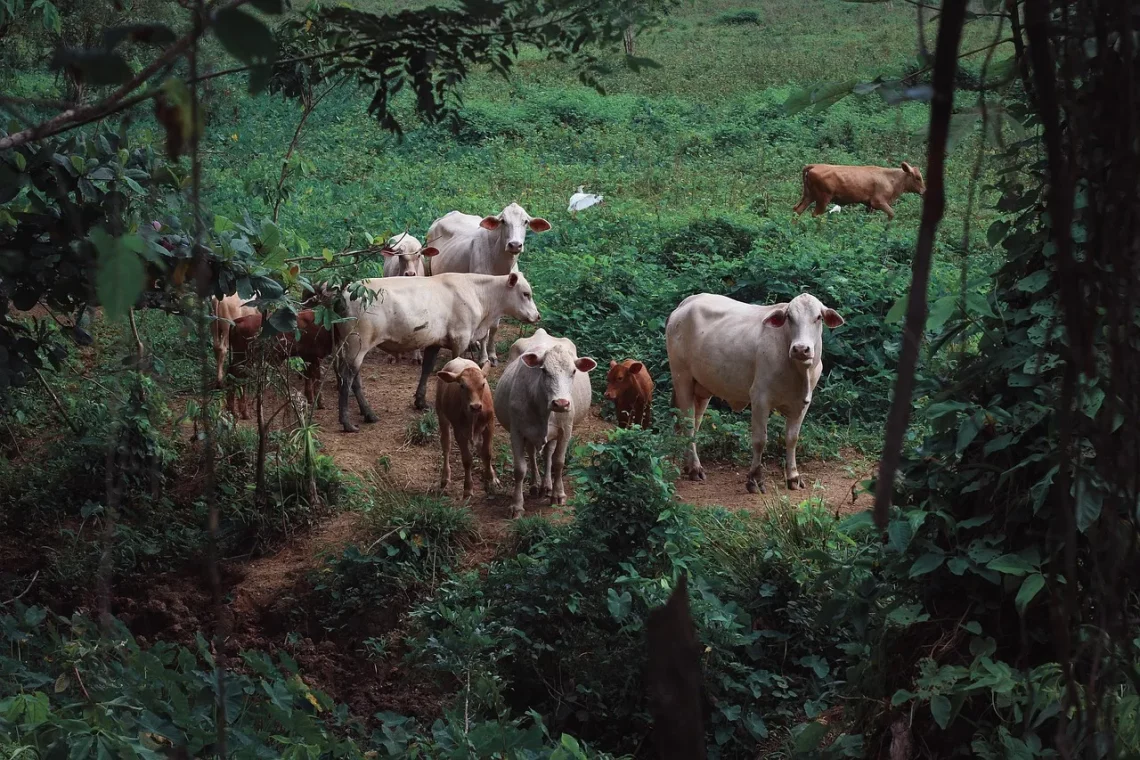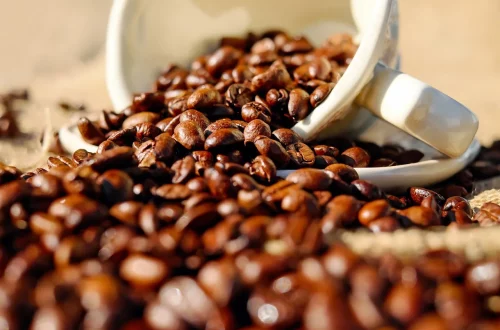
Exploring the World of Miniature Cattle Breeds and Their Unique Traits
The world of agriculture is incredibly diverse, with countless breeds of livestock that each offer unique traits and benefits. Among these, miniature cattle breeds have gained popularity for their manageable size and charming demeanor. These compact animals are not just adorable; they also serve various purposes in farming, from providing milk and meat to serving as companions or show animals. Miniature cattle are ideal for small farms, hobbyists, and even urban settings, where space is often limited.
The appeal of miniature cattle extends beyond their size. Many of these breeds exhibit fascinating characteristics, such as distinct coloration, temperament, and adaptability to different environments. As interest in sustainable farming practices grows, miniature cattle provide an attractive option for those looking to raise livestock while minimizing their ecological footprint. Their lower feed and space requirements, coupled with their ability to thrive in various conditions, make them a practical choice for many aspiring farmers.
The journey into the world of miniature cattle is not just about understanding their physical attributes; it’s also about appreciating the roles they play in our lives and ecosystems. From their origins to the ways they are cared for today, miniature cattle represent a delightful intersection of tradition and modern agricultural practices. As we delve deeper into this subject, we will uncover the unique traits that define these breeds and the benefits they offer to farmers and enthusiasts alike.
Understanding Miniature Cattle Breeds
Miniature cattle breeds, as the name suggests, are smaller versions of standard cattle breeds. Typically, these animals stand about 36 to 42 inches tall at the shoulder, significantly smaller than their larger counterparts. This size reduction doesn’t compromise their functionality; in fact, many miniature breeds are fully capable of producing milk, meat, and even serving as draft animals.
The origins of miniature cattle can be traced back to selective breeding practices aimed at creating smaller, more manageable livestock. This trend has its roots in various cultures around the world, where smaller cattle were favored for their ease of handling and lower resource requirements. Over time, breeders have focused on enhancing desirable traits, such as temperament, milk production, and meat quality, resulting in a variety of distinct breeds.
One of the most well-known miniature breeds is the Dexter, originating from Ireland. These hardy little cattle are recognized for their versatility, providing both milk and beef. They are known for their friendly disposition and adaptability, making them a favorite for small farms and homesteaders. Another popular breed is the Miniature Hereford, which is a smaller version of the standard Hereford. These cattle are particularly valued for their docile nature and high-quality beef.
In addition to these breeds, there are various other miniature cattle types, such as the Miniature Zebu and the Lowline Angus. Each breed possesses unique traits that cater to different farming needs, making it essential for potential owners to research and understand the specific characteristics of each breed before making a commitment.
Benefits of Raising Miniature Cattle
Raising miniature cattle comes with a host of benefits that appeal to both seasoned farmers and newcomers to the agricultural scene. One of the most significant advantages is their space efficiency. Miniature cattle require less land than standard breeds, making them ideal for small farms or even suburban settings. This smaller footprint allows owners to manage their livestock without needing extensive acreage.
Additionally, miniature cattle are generally easier to handle due to their size. Their compact stature makes routine tasks like feeding, grooming, and veterinary care more manageable, which can be particularly advantageous for individuals who may not have experience working with larger livestock. Their friendly and docile nature also contributes to a more enjoyable farming experience, as these animals often develop strong bonds with their caretakers.
Economically, miniature cattle can be a wise investment. Their reduced feed requirements mean lower ongoing costs, which is a significant consideration for any livestock operation. Furthermore, many of these breeds can produce high-quality milk and meat, allowing owners to benefit financially from their labor. Miniature cattle can also serve as an attractive addition to agritourism ventures, offering visitors a chance to interact with these charming animals.
In terms of sustainability, miniature cattle align well with modern farming practices that prioritize environmental stewardship. Their smaller size leads to a reduced ecological impact, requiring fewer resources while still providing essential agricultural products. This makes them an appealing option for individuals looking to implement more sustainable practices in their farming operations.
Unique Traits of Miniature Cattle
Each miniature cattle breed possesses unique traits that set them apart from one another. These characteristics can vary widely, encompassing physical attributes, temperament, and production capabilities. Understanding these traits is crucial for anyone considering raising miniature cattle.
For instance, the Miniature Zebu is known for its distinctive hump and large, expressive eyes. This breed is well-suited to warm climates, thanks to its ability to tolerate heat and thrive in challenging environments. Miniature Zebus are also recognized for their gentle demeanor, making them excellent companions and family pets.
On the other hand, the Miniature Hereford is celebrated for its rich red coat and white face. This breed is particularly valued for its beef quality, with a high fat-to-muscle ratio that results in flavorful cuts. Their calm temperament makes them easy to manage, which is a significant advantage for novice farmers.
Dexters stand out for their versatility; they can be used for both milk and meat production. Known for their adaptability, they can thrive in various environments, making them a favorite among small-scale and homestead farmers. Their milk is rich and creamy, providing a high-quality product for home consumption.
In addition to physical traits, the behavior and temperament of miniature cattle are essential to consider. Many breeds are known for their friendly nature, which can foster positive interactions with humans and other animals on the farm. This sociability can enhance the overall farming experience, creating a harmonious environment for both livestock and their caretakers.
Care and Management of Miniature Cattle
Proper care and management are vital for the health and well-being of miniature cattle. While these breeds may be smaller in size, their needs are similar to those of standard cattle. Providing appropriate nutrition, housing, and healthcare is essential for ensuring that these animals thrive.
Nutrition is one of the most critical aspects of cattle care. Miniature cattle require a balanced diet that includes high-quality forage, grains, and supplements as needed. It’s important to tailor their diet based on their specific breed and age, as well as their purpose—whether for milk production, meat, or companionship. Regular access to clean water is also essential to their health.
Housing is another key consideration. Miniature cattle should be provided with a safe and comfortable environment that protects them from extreme weather conditions. While they may not require as much space as larger breeds, they still need adequate room to move around, graze, and socialize. A sturdy fence is crucial to keep them safe from predators and prevent them from wandering off.
Healthcare is an ongoing responsibility for any livestock owner. Regular veterinary check-ups and vaccinations are necessary to prevent diseases and maintain the health of the herd. Additionally, maintaining proper hoof care and dental health is crucial for the overall well-being of miniature cattle.
Socialization is also important for miniature cattle. These animals are herd animals by nature and thrive in the company of other cattle. Keeping them in small groups can help reduce stress and promote healthy behaviors. Owners should also spend time interacting with their cattle to build trust and a strong bond, making handling easier and more enjoyable.
In conclusion, miniature cattle breeds offer a unique blend of charm, utility, and sustainability, making them an attractive option for a variety of agricultural settings. Whether for milk, meat, or companionship, these compact animals provide numerous benefits that can enhance the farming experience. By understanding their unique traits and care requirements, potential owners can make informed decisions and enjoy the rewards of raising miniature cattle.
**Disclaimer: This article is for informational purposes only and does not constitute medical advice. For any health-related issues, please consult a qualified healthcare professional.**




